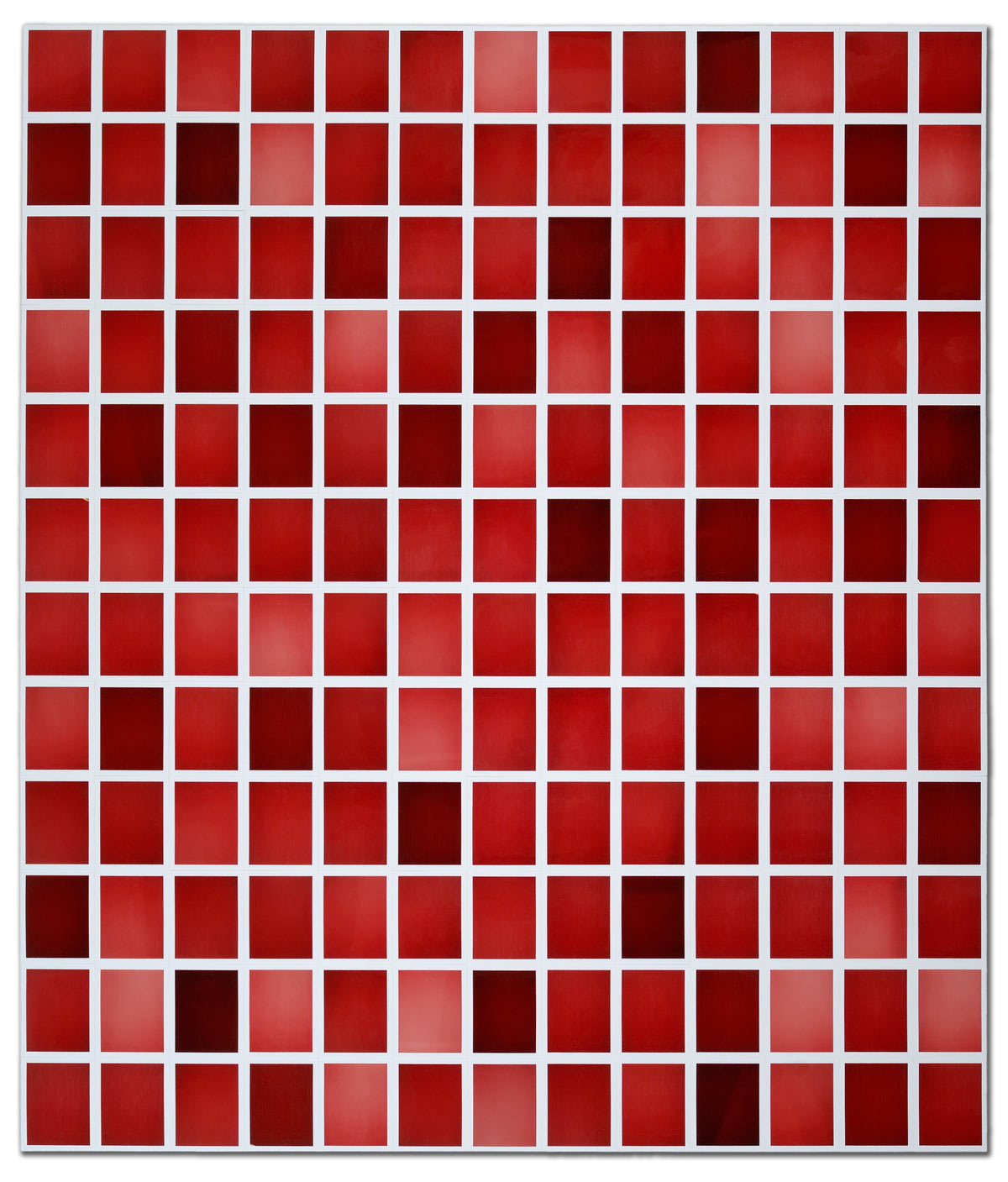Learning to Meditate
I was born in the back seat of my father’s Volvo. It was July, and hot, and to this day, my father shakes his head at the thought of the traffic. My mother, accepting the hospital would not be reached, gave me life at a stoplight, near 45th street. I took my first breath amid a chorus of car horns, my mother’s sobbing embrace, and my father’s panicked question, “Is he breathing?” Twenty-seven years later, I get back in the car, this time avoiding mid-town, with the simple goal of answering his question.
I left New York in a van at the first sign of snow. My goals were few, and for the most part, simple: explore the country, make pictures, and learn to meditate. I set out, like many before me, with a map and sharp eyes, searching for a greater truth. And that, quite honestly, was my first mistake. Throughout the course of my trip, I learned, and have been relearning each day since, that meditation, like art, will never provide me with the whole picture. Notions of truth, like our views of self, are too big, too mercurial, too slippery to hold. Instead, our thoughts, like images, must be accepted as fragments, that when considered and held together in light, can sometimes offer us an alternate perspective. According to Buddhist teachings, meditation is the awareness of the six senses (the sixth being thought). The goal, through meditating, is to ‘blur’ these senses, to loosen our hold on clarity, and release our preconceived notions of reality. It’s in this ‘blurred’ state that one can first begin to see.










